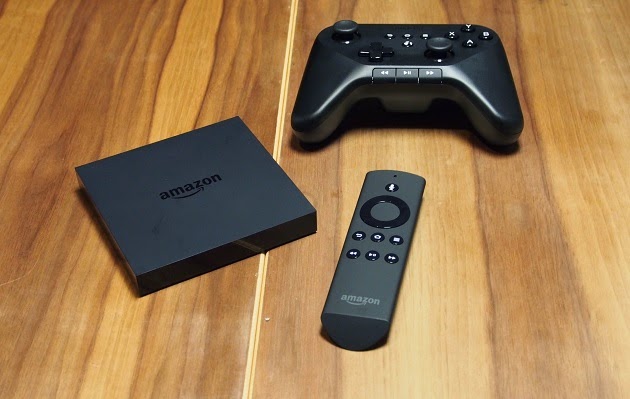Ah, The Thing… and no, not your grandpa’s Thing from 1951. We’re talking about the good Thing, the John Carpenter Thing. I swear, the
80’s were just prime time for horror classics. They included famous frights
like Aliens, Predator, Poltergeist, The Fly, Evil Dead, Nightmare on Elm
Street, and finally, The Thing. The Thing didn’t perform as well as the other
films listed above. Part of this was due to the fact that the title of “The Thing” is inherently nebulous. Either way, sales on VHS soon picked up, thus preserving
The Thing’s cult legacy.
What makes The Thing
so unique is the titular monster itself. It can be any organism, and mimic it
perfectly. As Childs, one of the characters said, “If I was an imitation, a
perfect imitation, how would you know if it was really me?” The Thing takes
place at an arctic research station, which just enhances the sense of dread and
desolation. Once the alien Thing is unwittingly brought to base, it soon takes
on human form, and hides among the men there. No one is as they appear to be.
It’s a wonderfully horrific setup, and something that is
quite unlike other conspicuous creatures of the 80’s. What I also love is the
special effects. This is pure, unadulterated 80’s stop-motion magic. From the
tentacles that burst out of the dog monster, to the two headed mutant that they
first encounter, The Thing is just filled with macabre mystery and splendor. My
favorite effect had to be when an apparent crew member’s head falls off, and it
actually sprouts legs and an eye stalk! I sympathized with the guys onscreen,
when one remarked, “You gotta be fucking kidding.”
As hinted above, the film has a slightly humorous tone, as
though the characters simply can’t believe that this is happening to them. The lead
protagonist, MacReady, even spits out some badass one liners, like when he
sarcastically shouts “Yeah, fuck you too” as he throws a live grenade into a
roaring Thing’s maw. Also, the end of the film is almost poetic, as Macready
and Childs sit suspiciously watching each other as the last two survivors in
the glow of burning wreckage.
So, the first Thing is awesome… but wouldn’t ya know it,
Hollywood made a prequel. Seriously, does every popular film from the 80’s have
to have a reboot? Well, apparently so. Anyway, this Thing was released just
three years ago, and told the story of the Norwegian ice base right before the
1982 version. It’s an intriguing concept, as the original really didn’t delve into HOW the Thing was unearthed.
So, it’s a moderately interesting perspective, but the film
stumbles in a number of areas. For one, the special effects are garbage. The
Carpenter Thing was replete with amazing models and makeup… not here.
Everything onscreen has been typed away on a keyboard. Put simply, it’s pure
CGI. Now, I’m not against all CGI, but it just looks unconvincing here. Also,
the monster designs themselves are by the numbers and ho-hum. Basically, all
the Things have big mouths in this edition… that’s about it.
There was one cool aspect of it, however: the UFO design.
For years I had wondered what the interior of the alien craft looked like, and
honestly, this film did a pretty great job at filling that gap. I really liked
the weird little cube that the Thing was working with… it seemed believably
futuristic.



